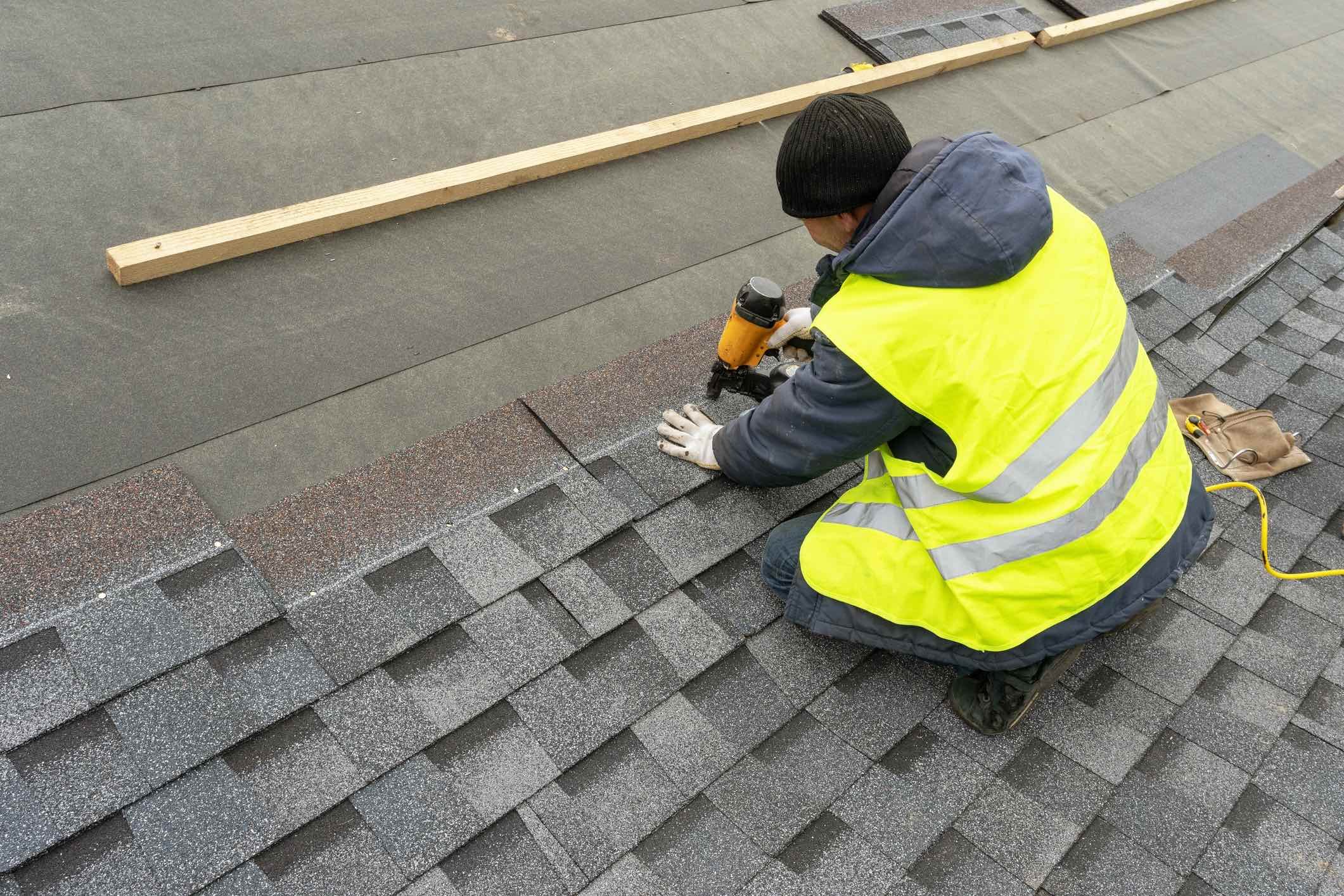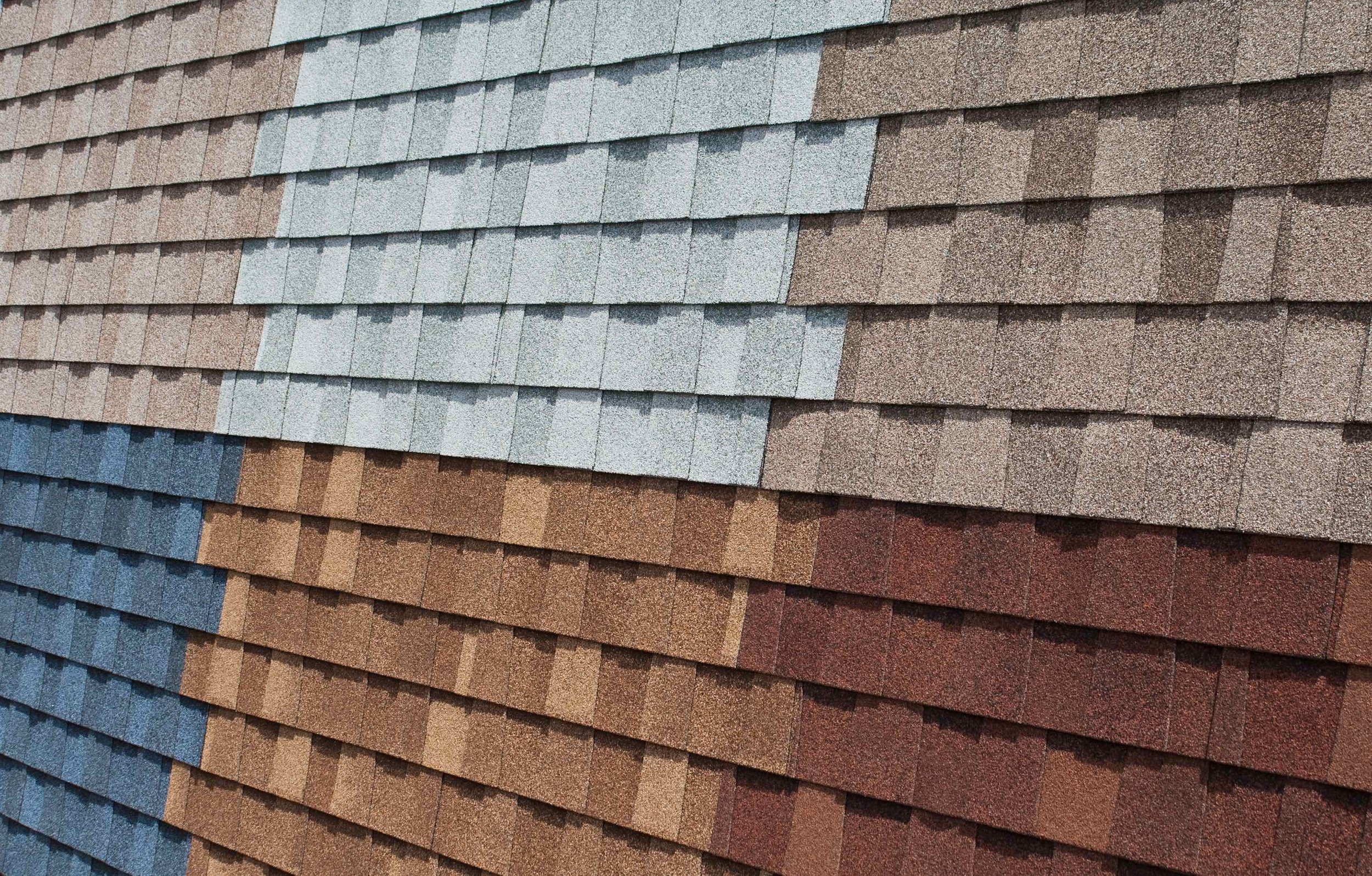Architectural Shingles vs 3-Tab Shingles: Which Is Best?
When it comes to roofing your home, the material you choose can significantly impact the durability, aesthetics, and longevity of your roof. In the realm of asphalt shingles, two types stand out - architectural shingles and 3-tab shingles. In this guide, we'll delve deep into the differences, exploring the pros and cons of each, to help you make an informed decision.
Understanding the Basics
Before we dive into the comparison, let's have a brief overview of what architectural shingles and 3-tab shingles are.
Architectural Shingles
Architectural shingles, also known as laminated or dimensional shingles, are premium roofing products characterized by their multi-dimensional appearance. They are made from heavy-duty materials, with two or more layers of shingles bonded together. This results in a thicker, more textured look, resembling the look of authentic cedar shakes or natural slate tiles.
3-Tab Shingles
3-Tab shingles, on the other hand, are named for their design, which features three tabs or cutouts along the lower edge. As opposed to the multi-layered structure of architectural shingles, 3-tab shingles are single-layered, offering a uniform and flat appearance that resembles a traditional shingle.
Physical Composition
Both architectural and 3-tab shingles are made of similar materials - a fiberglass mat coated with mineral granules and asphalt. However, the amount and quality of these materials differ.
Architectural shingles are heavier and thicker due to their multi-layered structure. They contain more asphalt, which is of a more refined quality, and are topped with a greater number of granules.
On the other hand, 3-Tab shingles are lighter and thinner, made from a single layer of asphalt over a glass mat. Their lighter weight makes them more susceptible to wind uplift and damage.
Aesthetics: The Visual Appeal
The choice between architectural and 3-tab shingles can largely depend on the aesthetic appeal you're aiming for.
Architectural shingles, with their dimensional appearance, can mimic the look of more expensive materials like wood or slate, adding a touch of elegance and sophistication to your home. They offer a wide range of colors and textures, allowing for a more personalized and unique look.
3-Tab shingles, on the contrary, offer a uniform and clean appearance. They come in various colors but have a flat, one-dimensional look. However, this doesn't mean they can't make your roof look appealing. Their minimalist design can contribute to a neat and well-finished aesthetic.
Resistance to Wind
When it comes to wind resistance, architectural shingles take the lead. Their thicker structure and stronger adhesives make them highly resistant to wind uplift. They can endure high wind speeds up to 120 mph.
3-Tab shingles, being lighter and thinner, are less resistant to wind. They can typically withstand wind speeds of about 60-70 mph. Therefore, in high-wind areas, architectural shingles would be a more suitable choice.
Lifespan: Which Lasts Longer?
One of the key considerations when choosing roofing materials is their lifespan. Architectural shingles, due to their superior quality and durability, have a longer lifespan than 3-tab shingles. They can last up to 50 years with proper maintenance.
3-Tab shingles, while more affordable, have a shorter lifespan, lasting about 10 to 25 years. The lifespan can be shorter in areas prone to severe weather conditions.
Warranty: What's Covered?
The warranty is another critical factor. Architectural shingles typically come with a minimum of 30 years warranty. Some manufacturers even offer a lifetime warranty, reflecting the high quality and durability of these shingles.
Conversely, 3-tab shingles usually come with a warranty of 20 to 25 years, indicative of their shorter lifespan and susceptibility to damage.
Cost: Architectural vs 3-Tab Shingles
While architectural shingles offer numerous benefits, they come with a higher price tag. They can cost around 40 to 50 percent more than 3-tab shingles. However, considering their durability, aesthetic appeal, and longer lifespan, the investment can be justified.
3-Tab shingles, being the more economical option, are ideal for homeowners on a tight budget. They might require more frequent replacements, but their lower initial cost makes them an attractive choice for many.
Maintenance Needs
Both architectural and 3-tab shingles require regular maintenance to ensure their longevity and performance. This includes routine inspections, cleaning, and timely repairs if any damage is detected. However, given the higher durability of architectural shingles, they are less prone to damage and may require less frequent repairs compared to 3-tab shingles.
Installation Process
The installation process for both types of shingles varies. Architectural shingles, due to their weight and thickness, may require additional support and careful installation. However, their unique design and absence of tab slots can simplify the process to some extent.
3-Tab shingles are easier and faster to install due to their lightweight and uniform design.
Choosing the Right Shingles for Your Home
Choosing between architectural and 3-tab shingles ultimately depends on your specific needs, budget, and preferences. If you value durability, aesthetic appeal, and are willing to invest in a long-term solution, architectural shingles would be an ideal choice.
On the other hand, if you're on a tight budget and need a more economical yet reliable solution, 3-tab shingles can serve your purpose well.
Regardless of your choice, remember to hire a professional roofer for the installation to ensure optimal performance and longevity of your roof.
Conclusion
Both architectural and 3-tab shingles have their unique advantages and can provide effective protection for your home. By understanding their differences and evaluating your specific needs, you can make an informed choice that best suits your home. Always consult with a roofing professional before making a decision to ensure you're making the best choice for your specific situation.







